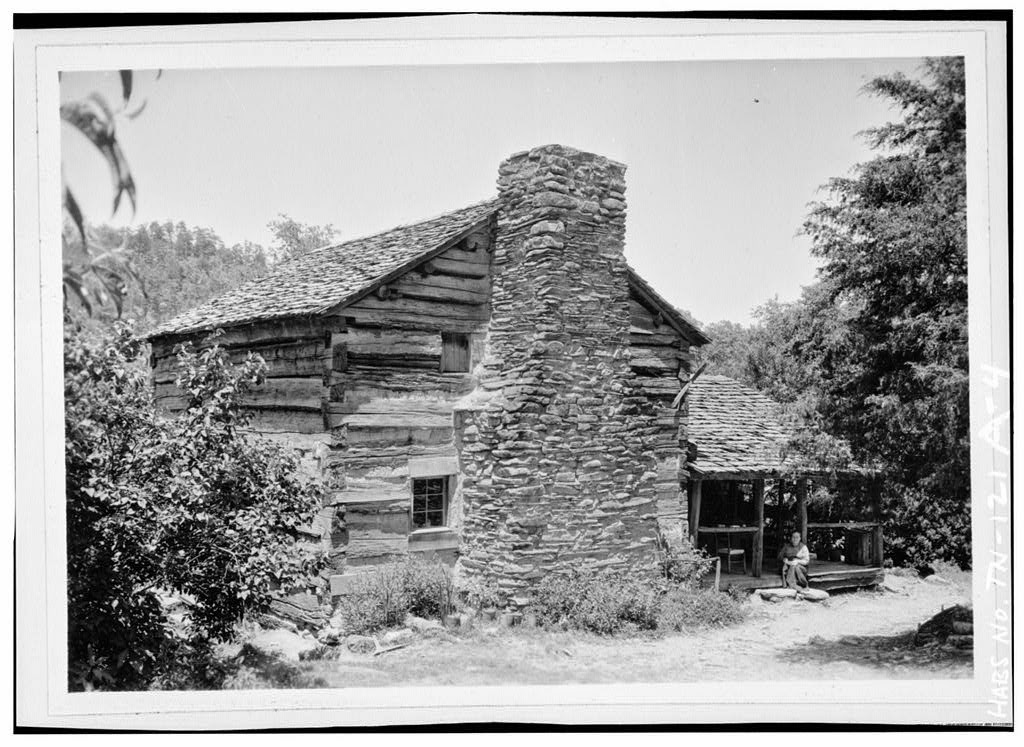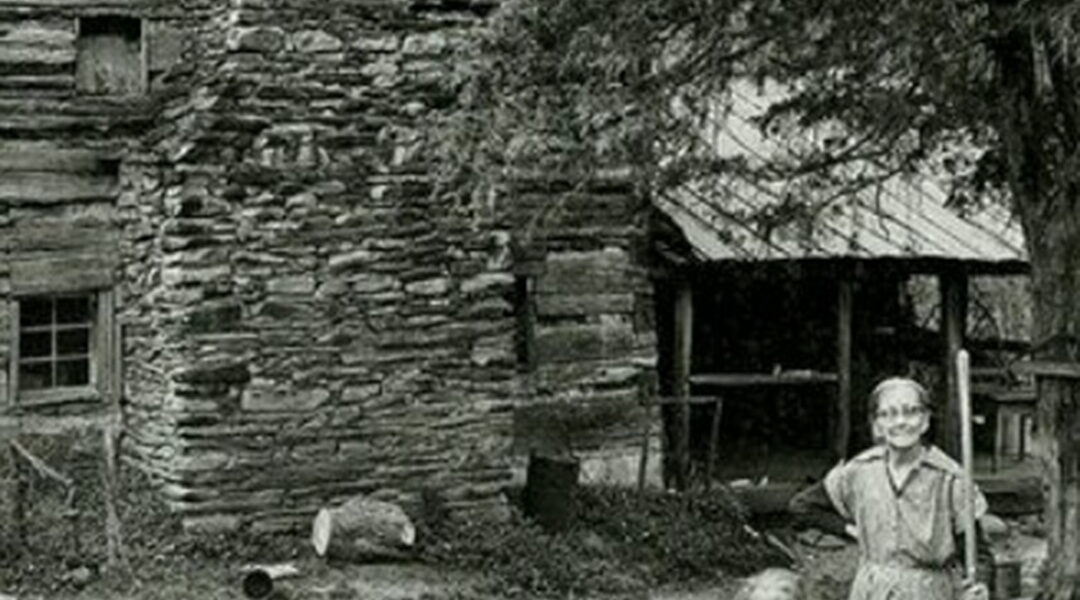Deep in the heart of the Great Smoky Mountains, hidden along a worn footpath framed by trees and wildflowers, stands the Walker Family Cabin — a humble log home that has become a powerful symbol of resilience, faith, and the timeless rhythms of mountain life.

The cabin was first built in the 1800s by John Walker, patriarch of a family that would grow to include 13 children. Its hand-hewn logs, stone chimney, and modest porch were not just architecture — they were testimony to the Walker family’s self-sufficiency, ingenuity, and ability to thrive in one of the most rugged landscapes in America. Here, the Walkers lived by the seasons: planting, harvesting, preserving, and crafting much of what they needed to survive.
When the Great Smoky Mountains National Park was established in the 1930s, many families were relocated from the land their ancestors had called home for generations. But the Walker sisters — steadfast, determined, and deeply connected to their heritage — chose to remain. They held onto their way of life long after most neighbors had departed, drawing strength from the soil, the forest, and the traditions passed down to them.

By the 1960s, the world beyond the Smokies was rapidly modernizing. Yet a black-and-white photograph taken around 1960 shows the Walker cabin virtually unchanged from its 19th-century origins. The weathered logs, the chimney built by hand, the simplicity of its form — it stood as a quiet defiance against time itself.
The last of the Walker sisters lived in the cabin until 1966. With their passing, an era of Appalachian self-reliance closed. But the cabin, preserved within the park, continues to tell their story. Today, visitors who make the walk to the site step back into another time. Inside, original furnishings, handmade tools, quilts, and everyday objects remain. Each item whispers of lives lived with hard work, deep faith, and unwavering connection to the land.
The Walker Cabin is more than just timber and stone — it is a living monument to endurance. It reminds us that survival once meant not comfort, but perseverance. It honors the women who refused to leave, who chose to hold onto the life they knew, and who became guardians of a fading way of life.
For those who pause on its porch, running their hands along the grooves of its weathered logs, the cabin offers more than history. It offers perspective. It speaks of a time when families found joy not in excess, but in the simple act of living faithfully with the land and with each other.

Generations later, the Walkers’ story continues to inspire. Schoolchildren, hikers, and history lovers walk the same worn path to its door, standing where the sisters once stood, imagining the laughter of children and the sound of a wood fire crackling inside.
The Walker Family Cabin remains, quietly nestled in the Smokies, a bridge between past and present. Its story endures because it is not only about survival, but about identity — the spirit of Appalachia preserved in logs, stone, and memory.





